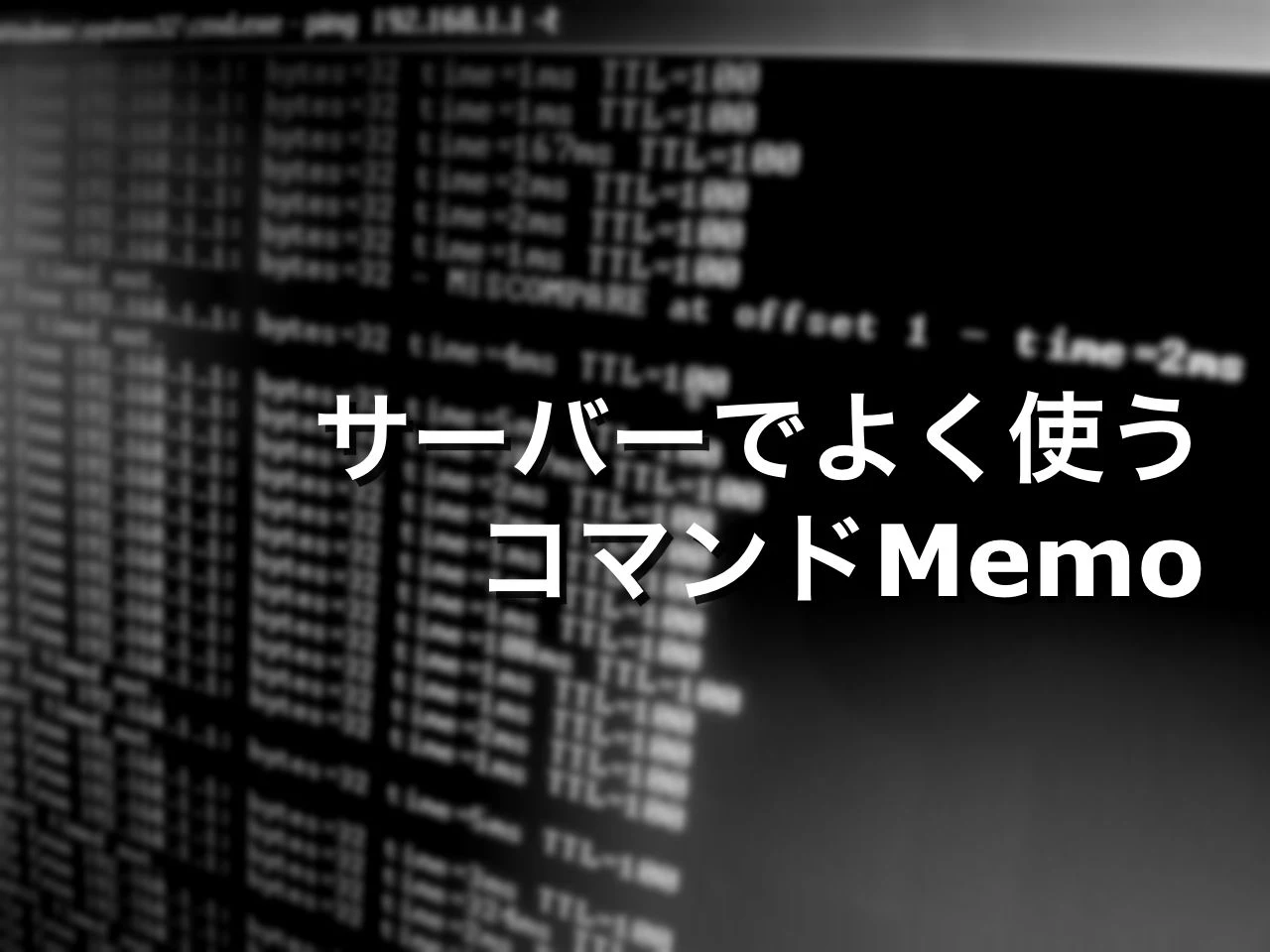
Summery
指定時間や定期時間にコマンドを実行するConstruction
cronttab [-u *user] [file]
# Example of job definition:
# .---------------- minute (0 - 59)
# | .------------- hour (0 - 23)
# | | .---------- day of month (1 - 31)
# | | | .------- month (1 - 12) OR jan,feb,mar,apr ...
# | | | | .---- day of week (0 - 6) (Sunday=0 or 7) OR sun,mon,tue,wed,thu,fri,sat
# | | | | |
# * * * * * user-name command to be executed
$ crontab [option] [command]
[time and command]
Option
-u : ユーザー -e : データの編集 -l : データの表示 -r : データの削除(全データが削除されます) -i : prompt before deleting user's crontab -s : elinux context
# 曜日 [0:日,1:月,2:火,3:水,4:木,5:金,6:土,7:日]
Sample
# whoユーザーのcrontabリスト表示
$ crontab -u who -l
# crontabデータの削除(全てのデータが削除されます)
$ crontab -r
# 1/2 3:00と4:00に起動
$ 00 3,4 2 1 *
# 1/2 3:00〜5:00に起動
$ 00 3-5 2 1 *
# 2時間毎に起動
$ 0 0-23/2 * * *
# レス(返り値)を捨てる(エラーの時はメールを送ってくる)
* * * * * %CMD% 1> /dev/null
# エラーでもメールを送らない
* * * * * %CMD% >/dev/null 2>&1
Discription
NAME
crontab - maintain crontab files for individual users
SYNOPSIS
crontab [-u user] file
crontab [-u user] [-l | -r | -e] [-i] [-s]
DESCRIPTION
Crontab is the program used to install, remove or list the tables used to
drive the cron(8) daemon. Each user can have their own crontab, and
though these are files in /var/spool/ , they are not intended to be edited
directly. For SELinux in mls mode can be even more crontabs - for each
range. For more see selinux(8).
The cron jobs could be allow or disallow for different users. For classi-
cal crontab there exists cron.allow and cron.deny files. If cron.allow
file exists, then you must be listed therein in order to be allowed to use
this command. If the cron.allow file does not exist but the cron.deny
file does exist, then you must not be listed in the cron.deny file in
order to use this command. If neither of these files exists, only the
super user will be allowed to use this command. The second option is
using PAM authentication, where you set up users, which could or couldn’t
use crontab and also system cron jobs from /etc/cron.d/.
The temporary directory could be set in enviroment variables. If it’s not
set by user than /tmp is used.
OPTIONS
-u Append the name of the user whose crontab is to be tweaked. If
this option is not given, crontab examines "your" crontab, i.e.,
the crontab of the person executing the command. Note that su(8)
can confuse crontab and that if you are running inside of su(8) you
should always use the -u option for safety’s sake. The first form
of this command is used to install a new crontab from some named
file or standard input if the pseudo-filename "-" is given.
-l The current crontab will be displayed on standard output.
-r The current crontab will be removed.
-e This option is used to edit the current crontab using the editor
specified by the VISUAL or EDITOR environment variables. After you
exit from the editor, the modified crontab will be installed auto-
matically.
-i This option modifies the -r option to prompt the user for a ’y/Y’
response before actually removing the crontab.
-s It will append the current SELinux security context string as an
MLS_LEVEL setting to the crontab file before editing / replacement
occurs - see the documentation of MLS_LEVEL in crontab(5).
SEE ALSO
crontab(5),cron(8)
FILES
/etc/cron.allow
/etc/cron.deny
STANDARDS
The crontab command conforms to IEEE Std1003.2-1992 (‘‘POSIX’’). This new
command syntax differs from previous versions of Vixie Cron, as well as
from the classic SVR3 syntax.
DIAGNOSTICS
A fairly informative usage message appears if you run it with a bad com-
mand line.
AUTHOR
Paul Vixie <vixie @isc.org>
Marcela Mašláňová 20 July 2009 CRONTAB(1)










0 件のコメント:
コメントを投稿